What is a Chlorine Rash? How Do You Treat and Prevent it?
People all over the world sanitize the water with Chlorine or Bromine that are known to be excellent bleaches to kill bacteria, viruses, and microbes.
However, coming in contact with these bleaches affects our skin and hair by bonding to our body which creates a “Chlorine Cover” layer, this then may cause undesirable reactions (it doesn’t happen to everybody, though).
This may last for a few days raising the need for appropriate treatment. However, before we get into the specifics, let’s talk about what chlorine rash is.
What Is Chlorine Rash?
A chlorine rash, also known as hot tub rash, is when contaminated water stays on someone’s skin for a long period of time. This then may cause a rash known as Pseudomonas/ folliculitis.
A chlorine rash is caused by the germ Pseudomonas aeruginosa. This germ is commonly found in the environment (for example, in water or soil).
Chlorine rash usually appears a few days after you sat in a poorly maintained hot tub/spa, but it can also appear a few days after you swam in a lake or poorly maintained pool.

What Are The Symptoms?
A chlorine rash can affect people of all ages and it’s often worse in areas where water was held against the skin. For instance, your swimsuit.
Symptoms of chlorine rashes include:
- Itchy, red, and bumpy rash.
- Pus-filled blisters around hair follicles.
- Swollen or tender skin.
- Skin that may crack or bleed after repeated contact with chlorine
- Your eyes could become irritated.
Also, according to allergist Leonard Bielory, MD, “Those who have asthma, when they go to a chlorinated pool, if they take a deep inhalation, they will find that their lungs will actually burn a little bit.”
Chlorine Rash Treatment Options
You can often treat a chlorine rash with over-the-counter (OTC) products. If you are at home, treatments for a chlorine rash can involve:
- A cream containing hydrocortisone to soothe itching and reduce swelling.
- A cream containing an antihistamine to reduce itching and inflammation associated with hives.
You can find different products on Amazon that help treat chlorine rash, such as Benadryl, Calmoseptine, and Cortizone 10.
If you experience hives, you can purchase body washes or lotions that remove chlorine and are designed to soothe the skin like our Pre & Post Swim Body Lotion or our After-Swim Body Wash.
*Important: When choosing a product for soothing hives, avoid lotions that contain strong perfumes. In the worst case scenario, they can aggravate chlorine irritation.
How to Prevent Chlorine Rash
There are a few things you can do to prevent chlorine rash, for example:
- Before swimming, create a protective layer around your skin that neutralizes the absorption of chlorine in your skin. A product that can help you with this is our Pre & Post Swim Body Lotion.
- Limit the amount of time your body is exposed to chlorinated water.
- Remove and wash your swimsuit after using it.
- Take a shower with a specialized body wash like our After-Swim Body Wash. Our body wash helps remove the chlorine that’s already bonded to your skin.

- Don’t spend much time in overly chlorinated pools.
- Use test strips to check the water in the hot tub/spa or pool yourself for adequate disinfectant level and pH.
The CDC recommends the following disinfectant and pH levels:
Disinfectant
- Hot Tubs/Spas: free chlorine 3–10 parts per million (ppm or mg/L) or bromine 4–8 ppm
- Pools: free chlorine 1–10 ppm or bromine 3–8 ppm
pH
- Both hot tubs/spas and pools: pH 7.2–7.8
If chlorine or bromine level or pH is not within the correct range, tell the hot tub/spa or pool operator or owner immediately.
When to see a doctor
When it comes to chlorine rashes, mild rashes clear up in a few days without medical treatment. However, check with your healthcare provider if a rash gets worse or if you get it more than once.
Also, if you have a severe allergic reaction (like hives that won’t go away or you have difficulty breathing), seek emergency medical treatment. An allergist can help diagnose and treat problems related to chlorine rash.

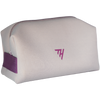
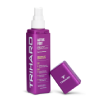


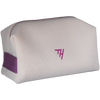




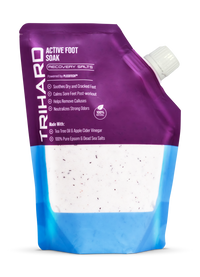






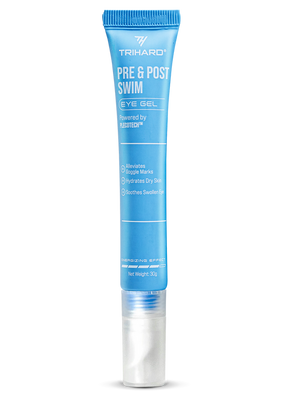












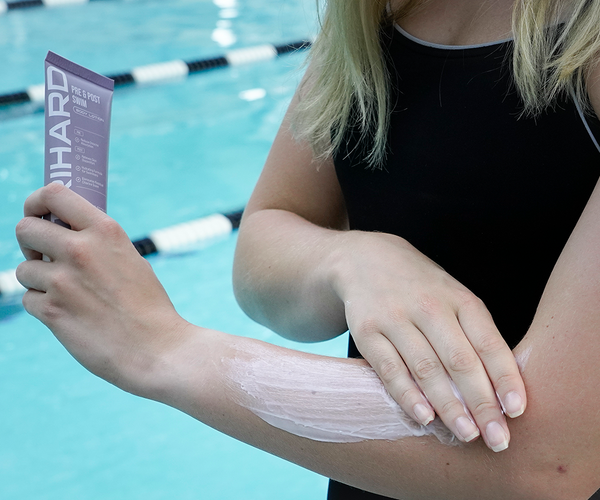

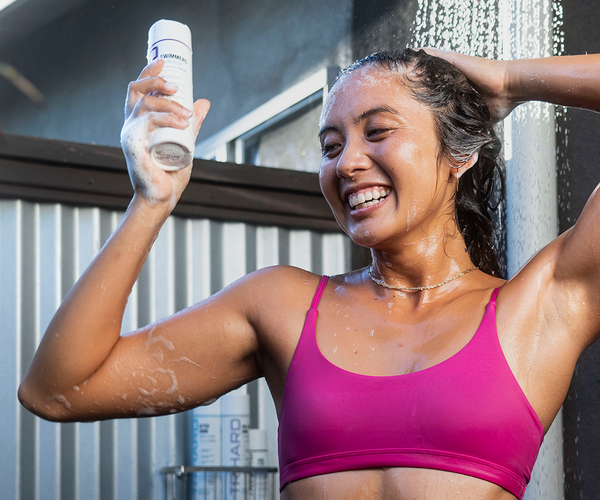
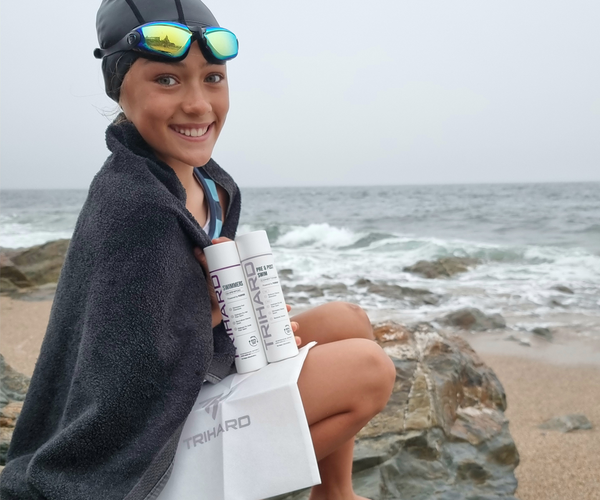
Dejar un comentario